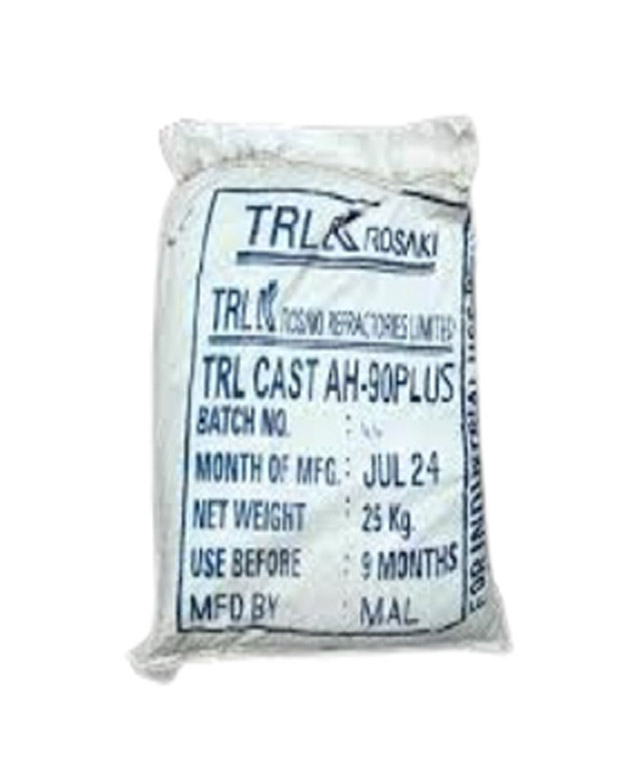
Refractory Castables.
Refractory castables are specialized, high-temperature-resistant materials used in various industrial processes requiring durable, heat-resistant linings. They are made from high-quality aggregates, binders (typically calcium aluminate cement), and additives to enhance their performance. Refractory castables are often used in the construction of furnaces, kilns, and other structures exposed to extreme temperatures.
Key Features of Refractory Castables:
1. Heat Resistance: Can withstand temperatures ranging from 600°C to over 1800°C, depending on the type.2. Chemical Resistance:Resists damage from chemical reactions, particularly from slags and hot gases.
3. Versatility: Can be shaped into complex forms, making them useful for lining irregular surfaces.
4. Mechanical Strength: Withstand mechanical stress, impact, and abrasion at high temperatures.
5. Installation Methods: Can be cast, pumped, or gunned onto surfaces, depending on the application.
Types of Refractory Castables:
1. Conventional Castables:Contains 10-30% cement binder and is commonly used in furnaces.2. Low Cement Castables (LCC): Reduced cement content (3-10%), improving density, strength, and corrosion resistance.
3. Ultra-Low Cement Castables (ULCC): Contains less than 3% cement, providing higher refractoriness and mechanical strength.
4. Self-Flowing Castables: WFlows easily during application without the need for vibration, ideal for intricate forms.
5. Insulating Castables: Lightweight and provide good insulation, reducing heat loss.
Applications . Steel and iron foundries . Cement kilns . Glass furnaces .Incinerators